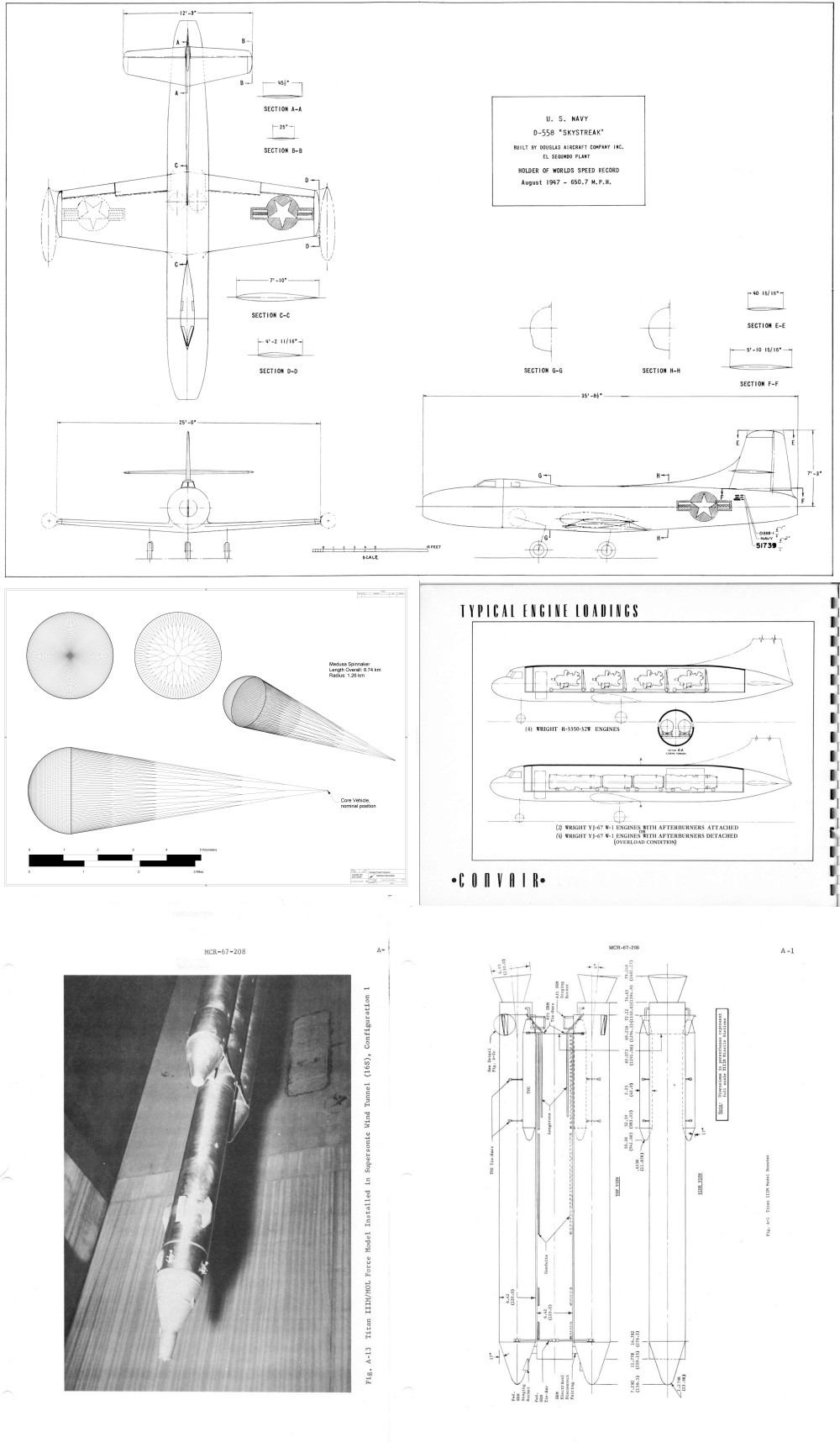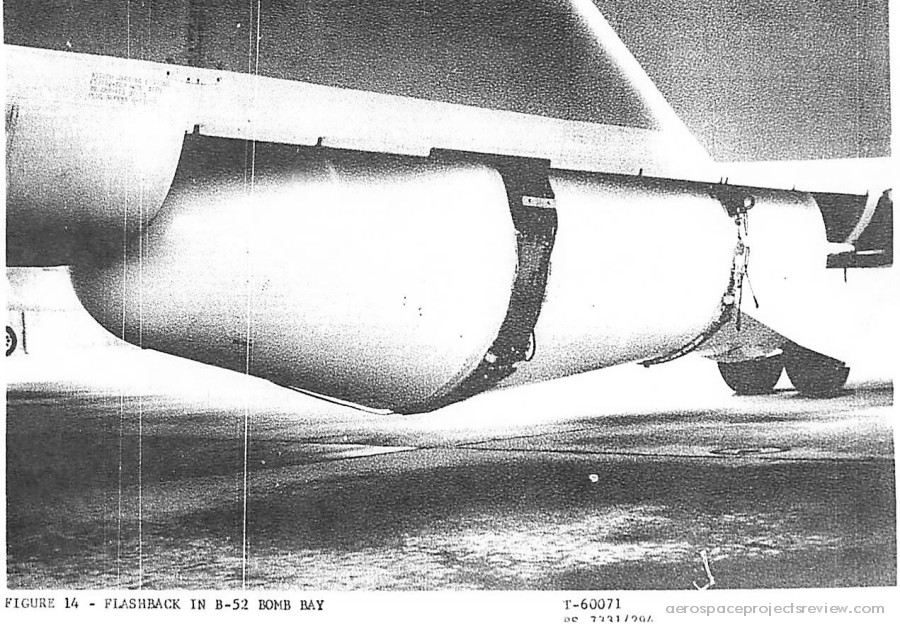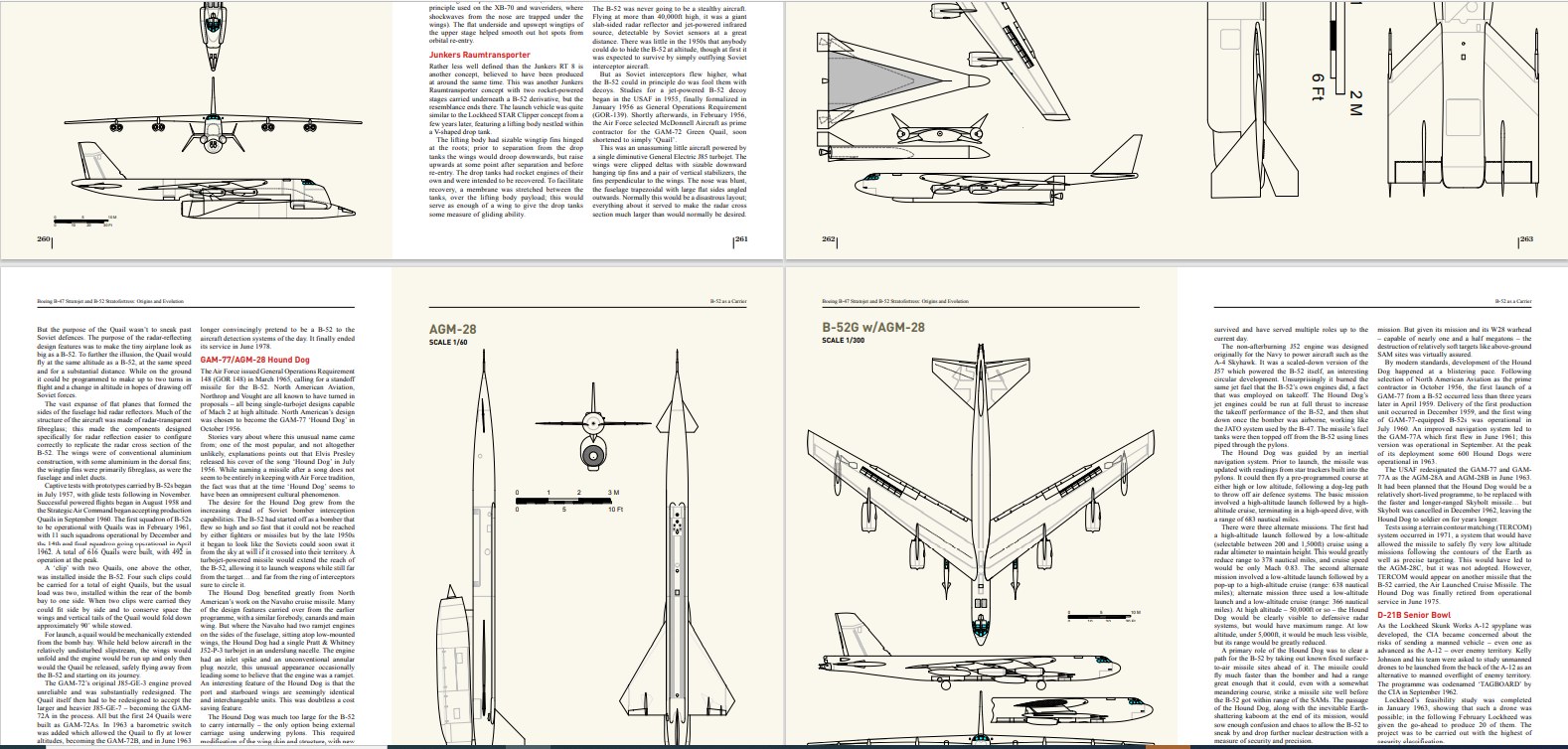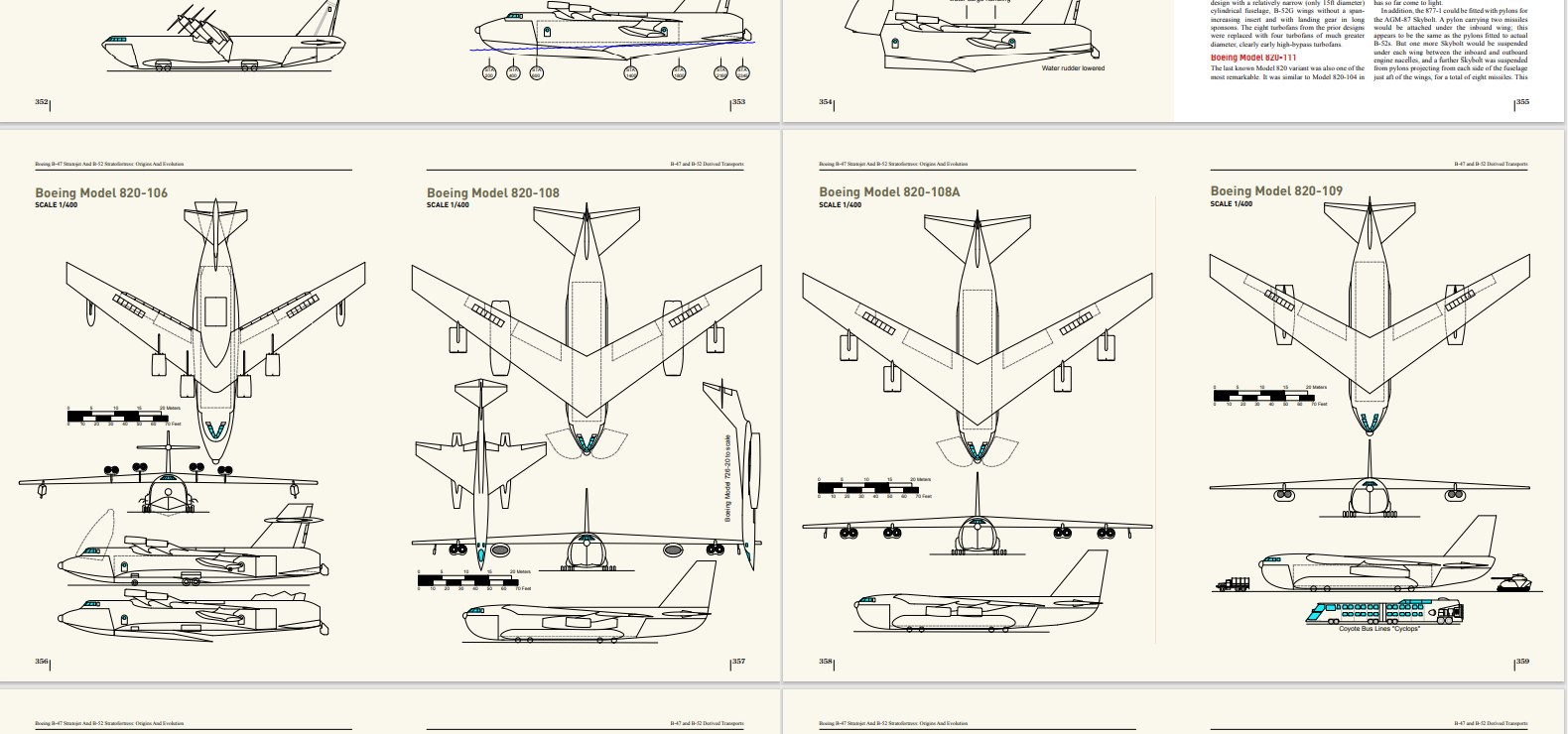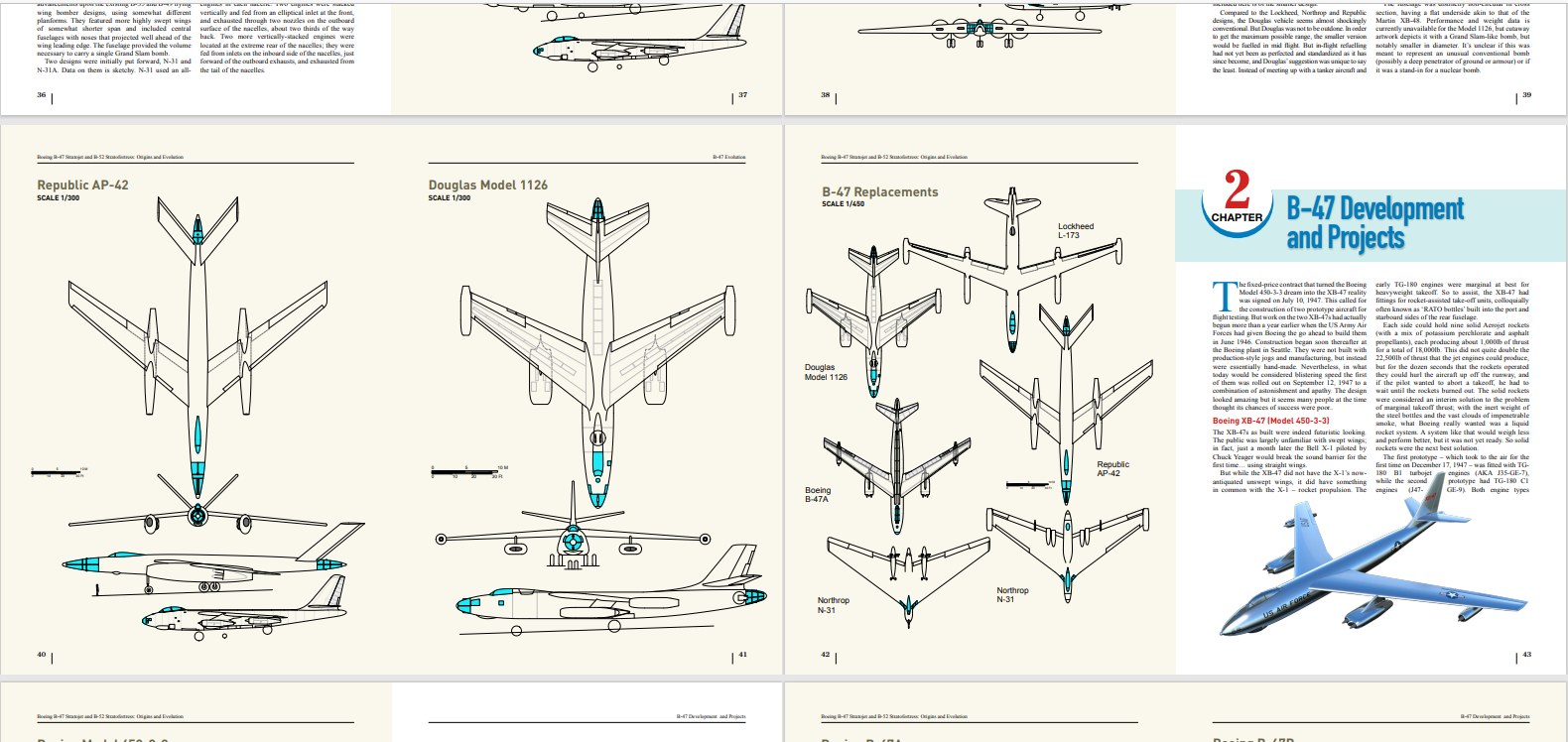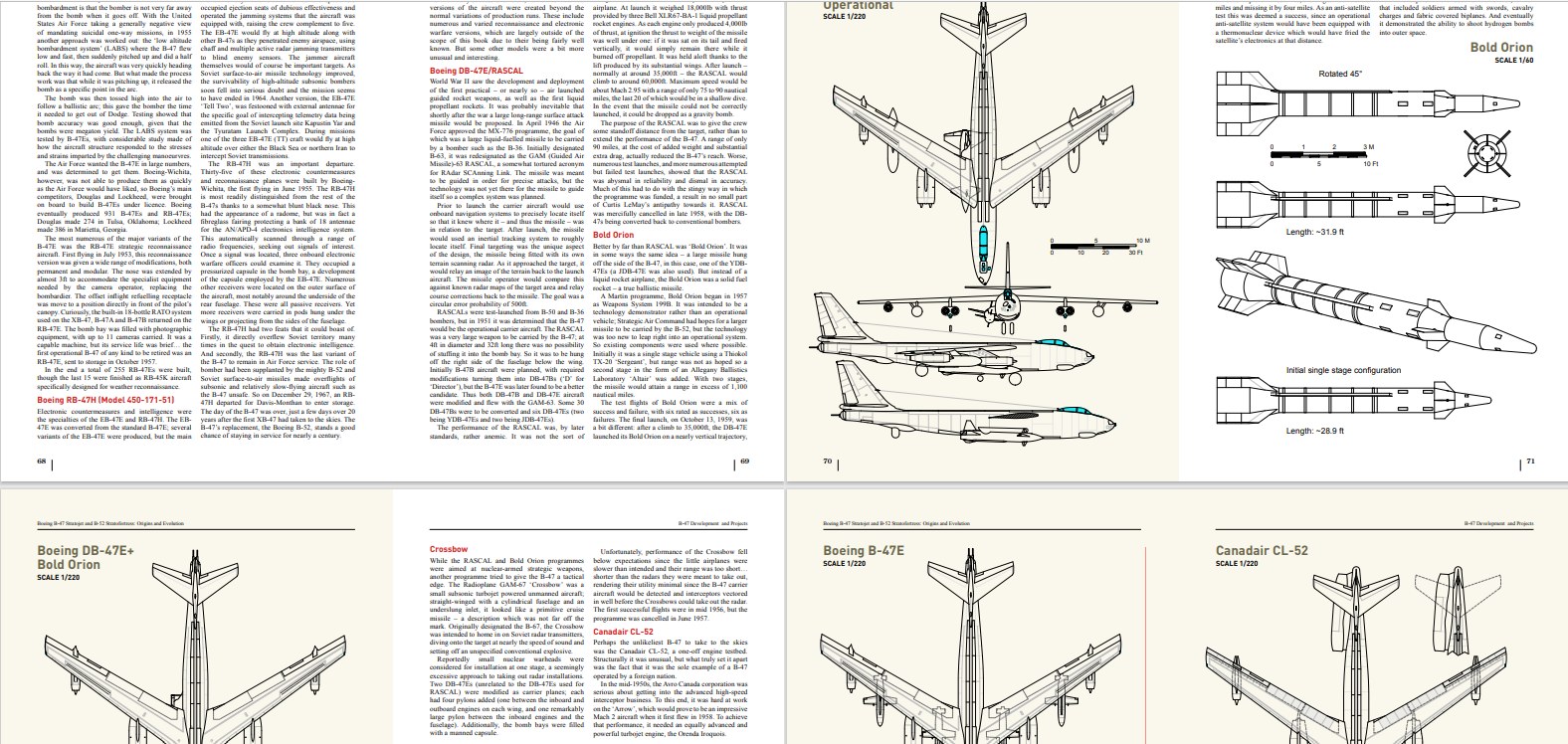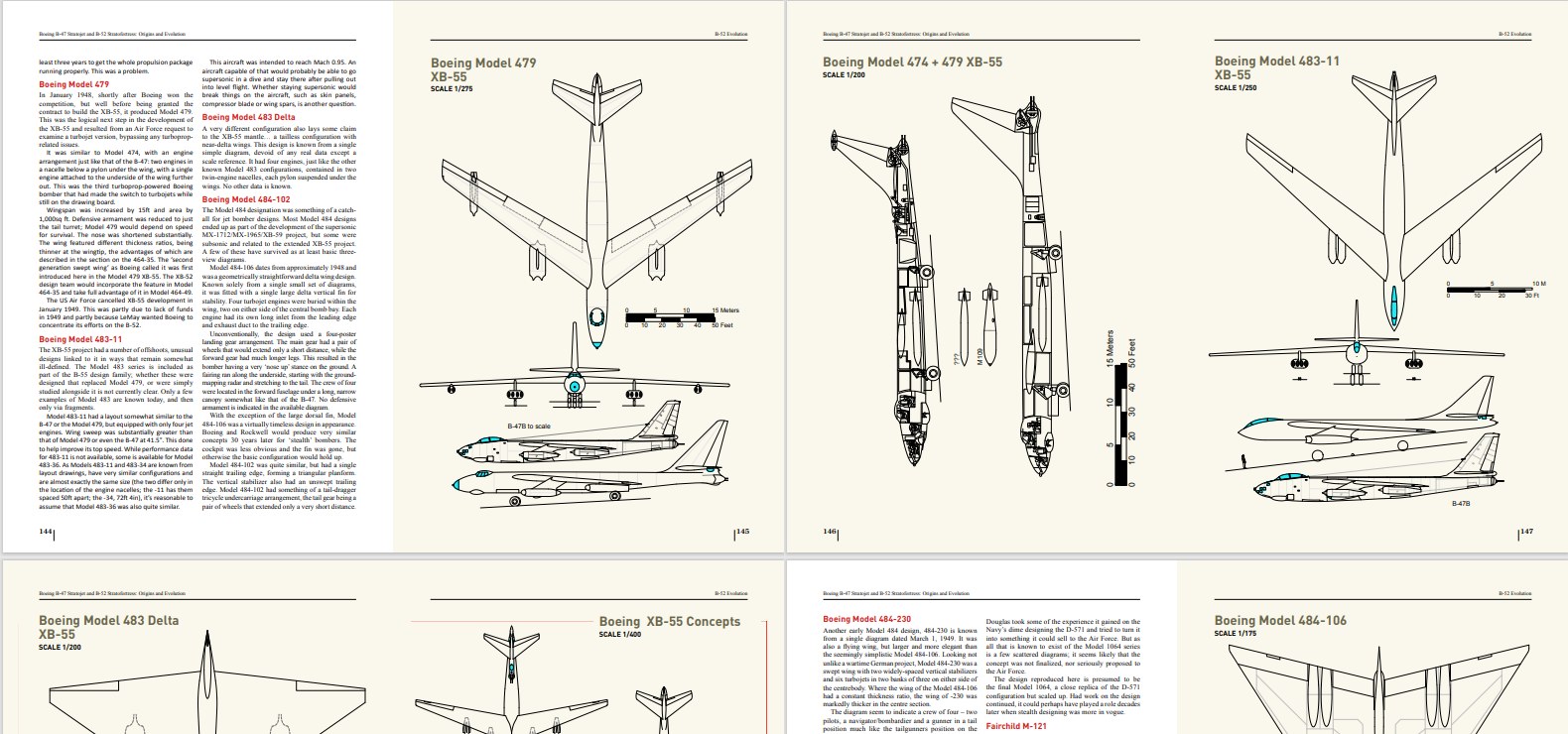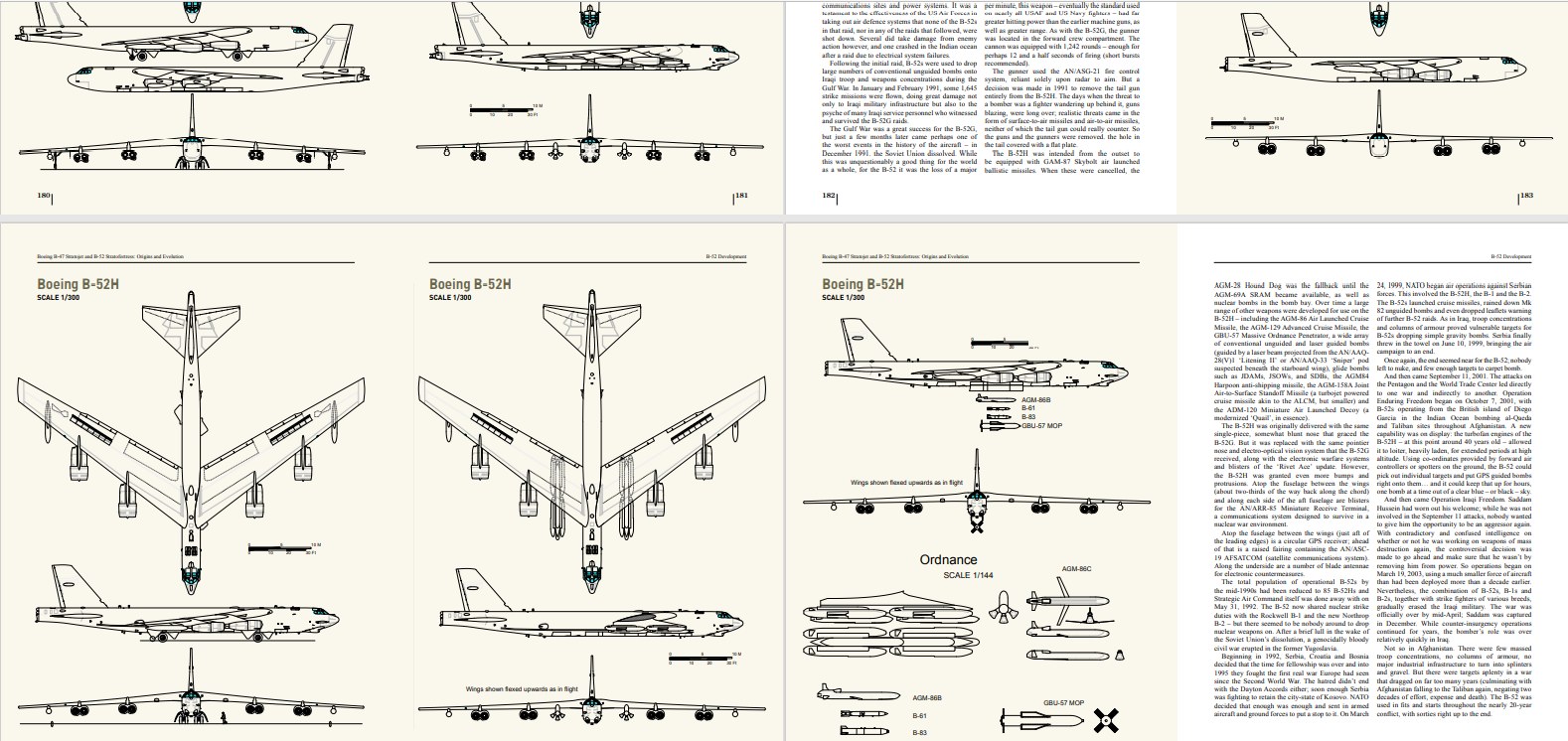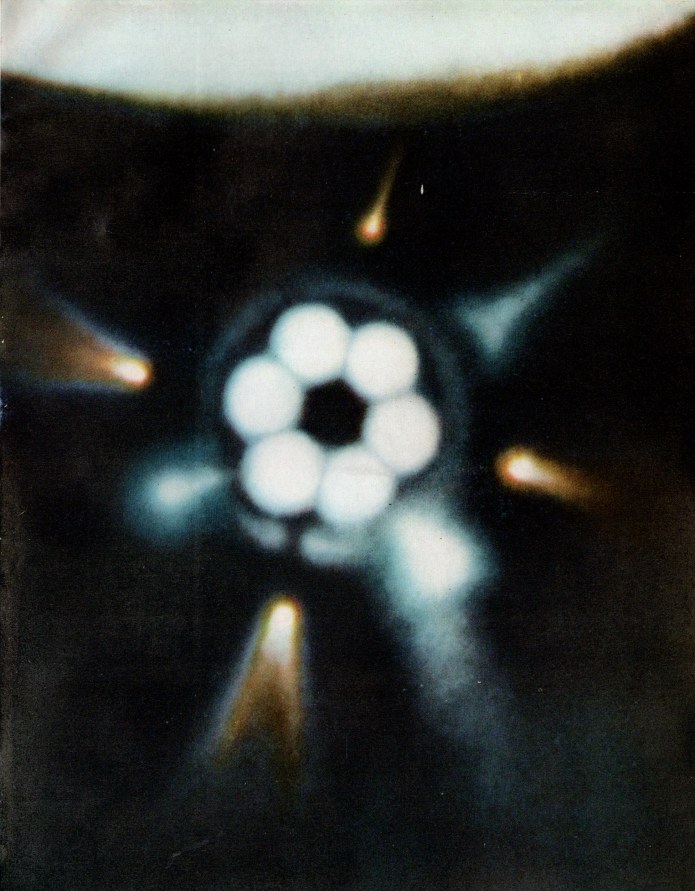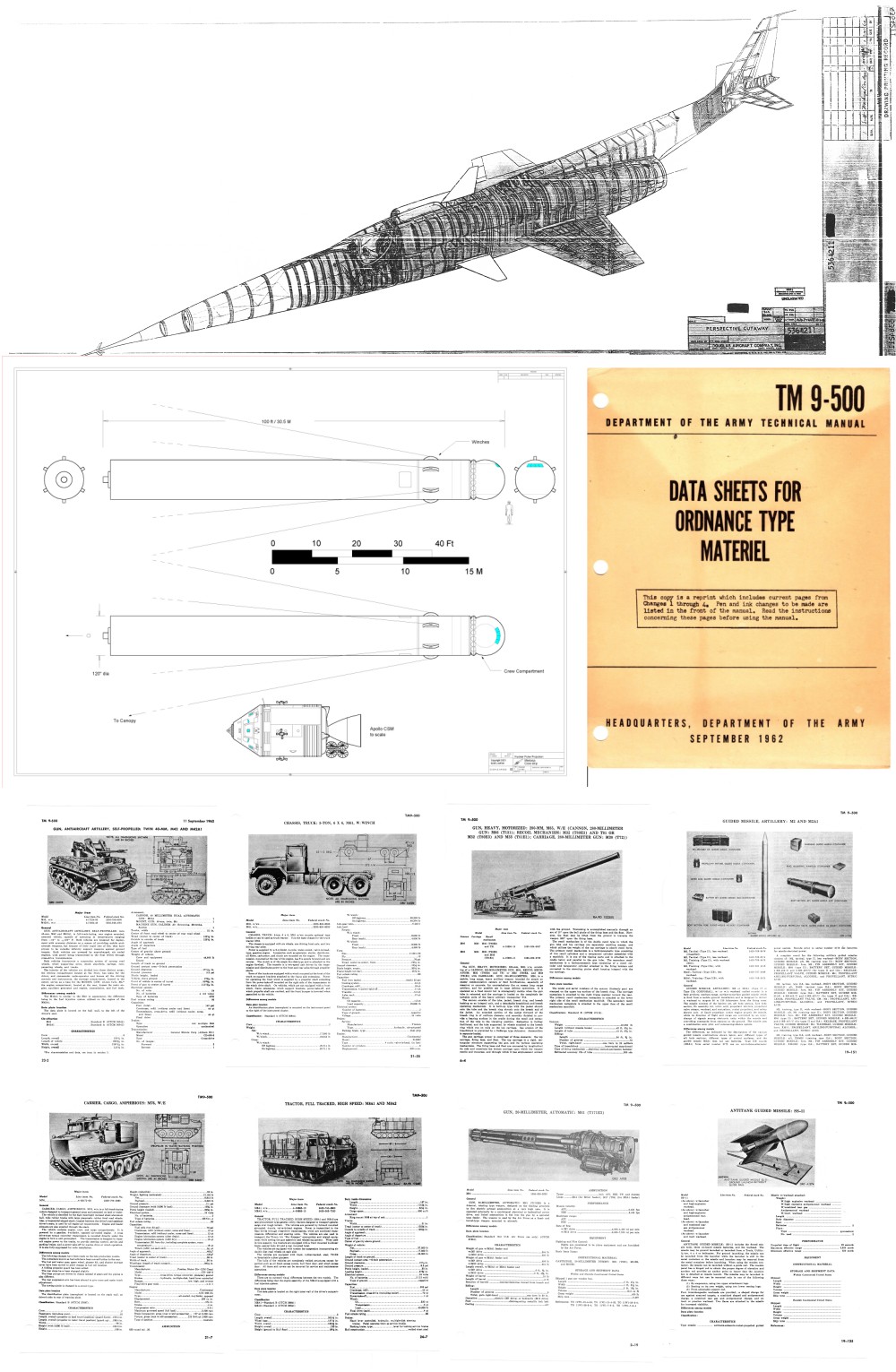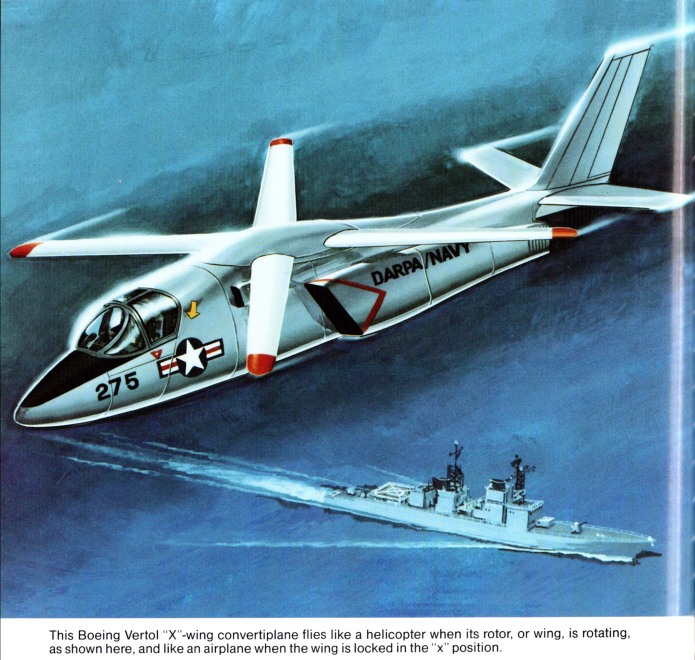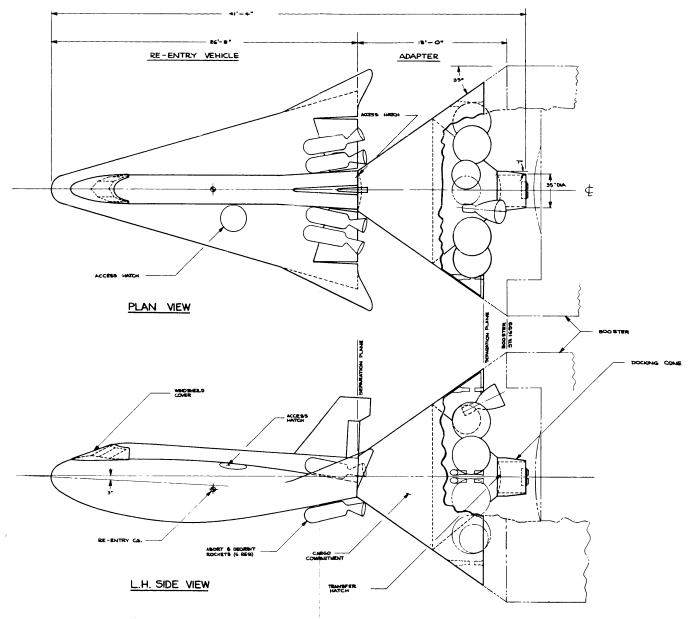The rewards for October, 2021, have been sent out. Patrons should have received a notification message through Patreon linking to the rewards; subscribers should have received a notification from Dropbox linking to the rewards. If you did not, let me know.
Document: “C-131C Tactical Unit Support Airplane,” 1953 Consolidated Vultee briefing on cargo aircraft military capabilities
Document: “Aerodynamic Model test Report Titan IIIM Final Posttest Report 0.0535 scale Force and Pressure Model Phase II,” 1967 Martin Report Of Unusual Size (ROUS, 353 pages) describing with charts, data, model photos and diagrams, of the proposed Titan IIIM topped with a Manned Orbiting Laboratory.
Diagram: General Arrangement of the Douglas D-558 research aircraft (provenance unknown)
CAD Diagram (for $5-level and up): Medusa Spinnaker, second illustration of giant but lightweight nuclear pulse propelled spacecraft
If this sort of thing is of interest, sign up either for the APR Patreon or the APR Monthly Historical Documents Program. *ALL* back issues, one a month since 2014, are available for subscribers at low cost.
